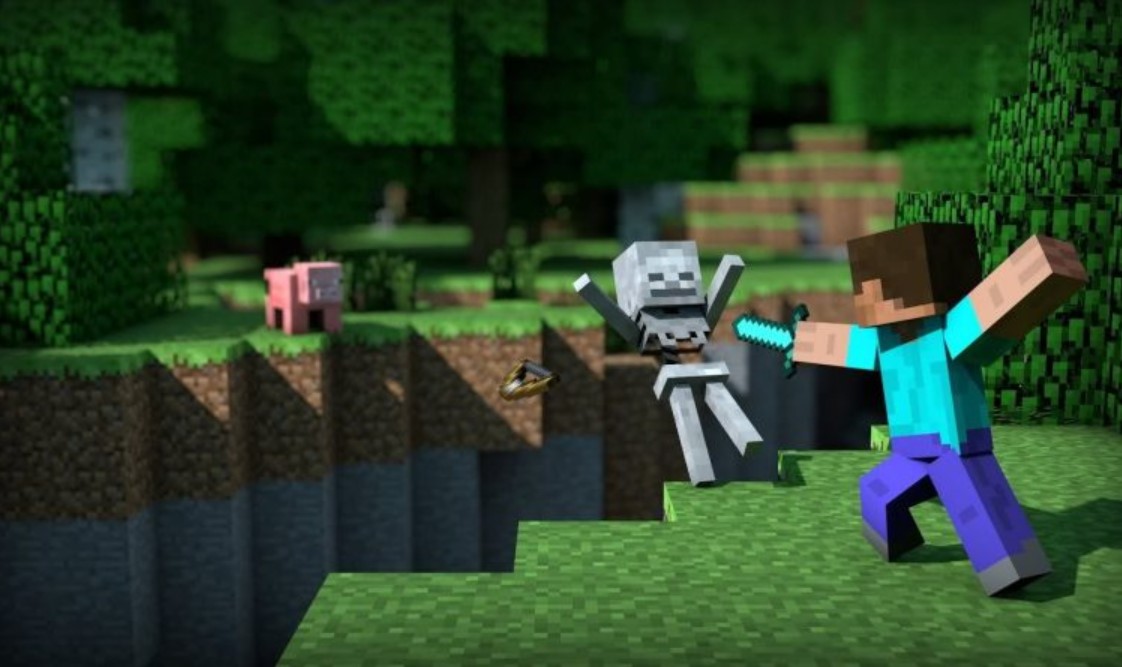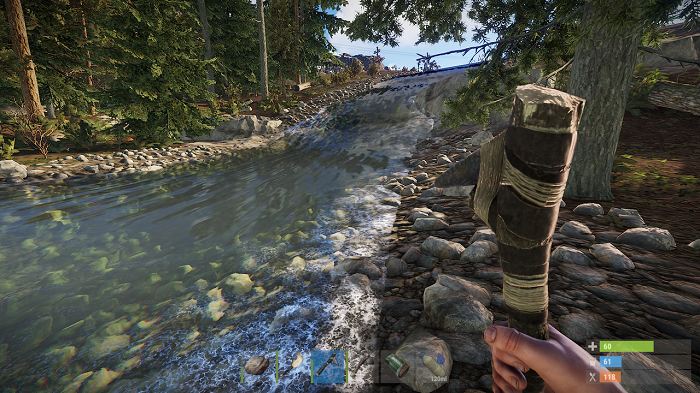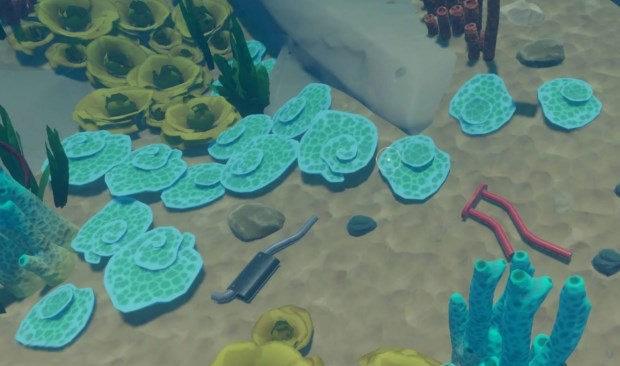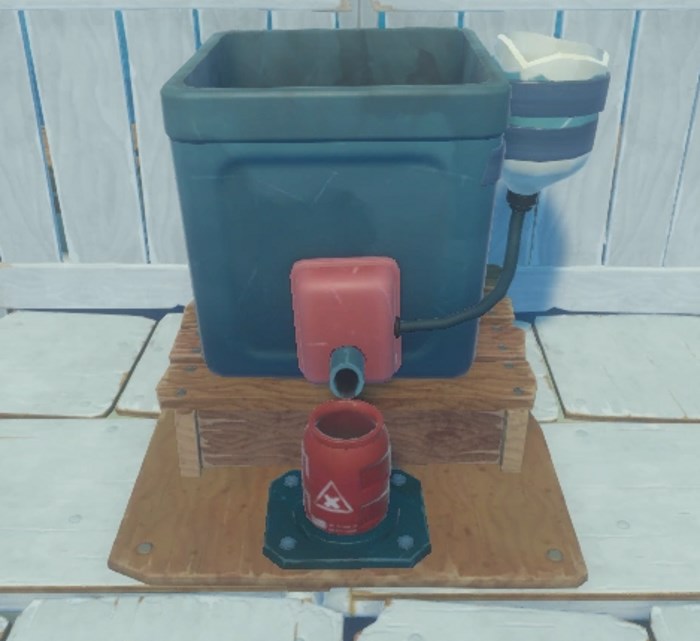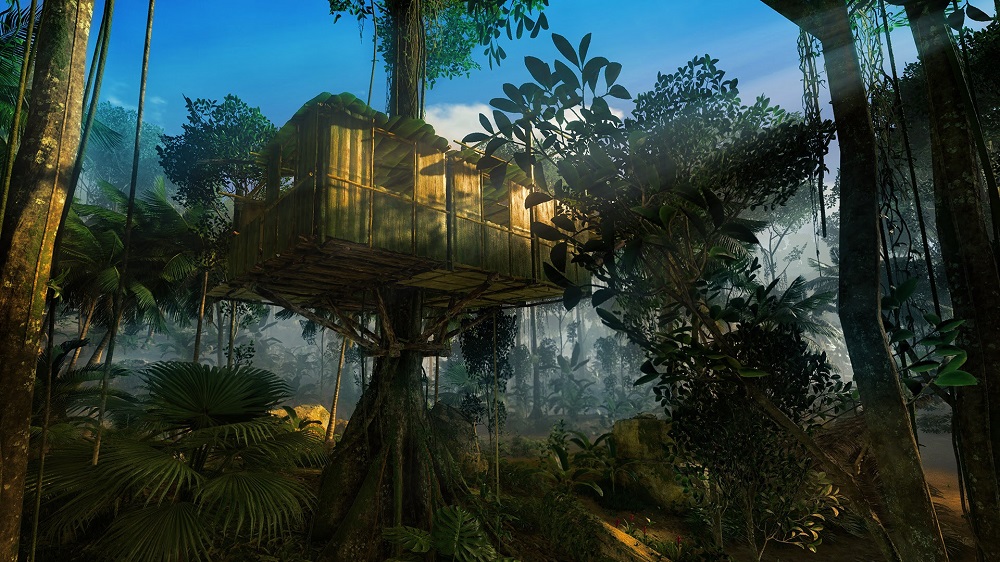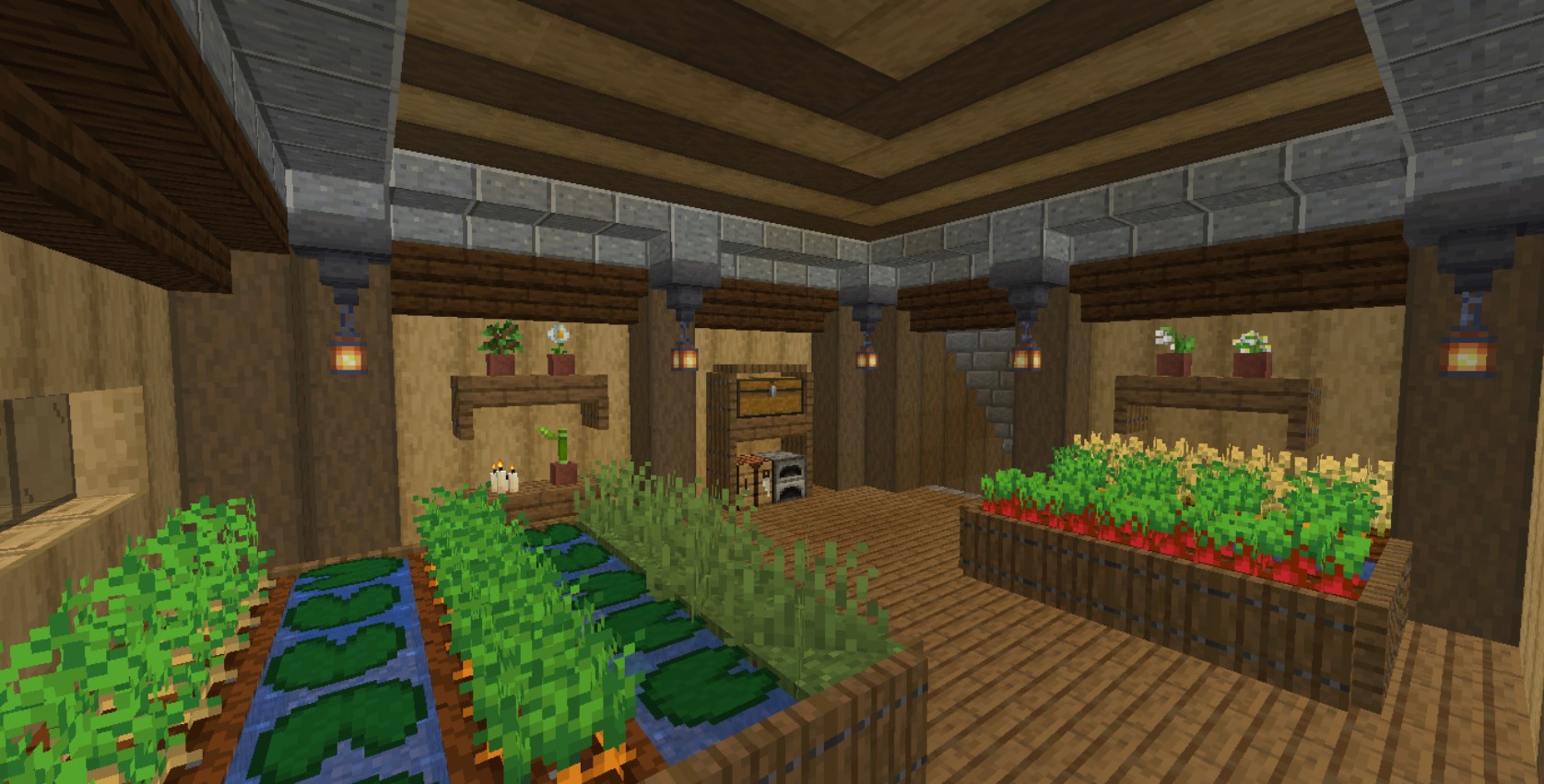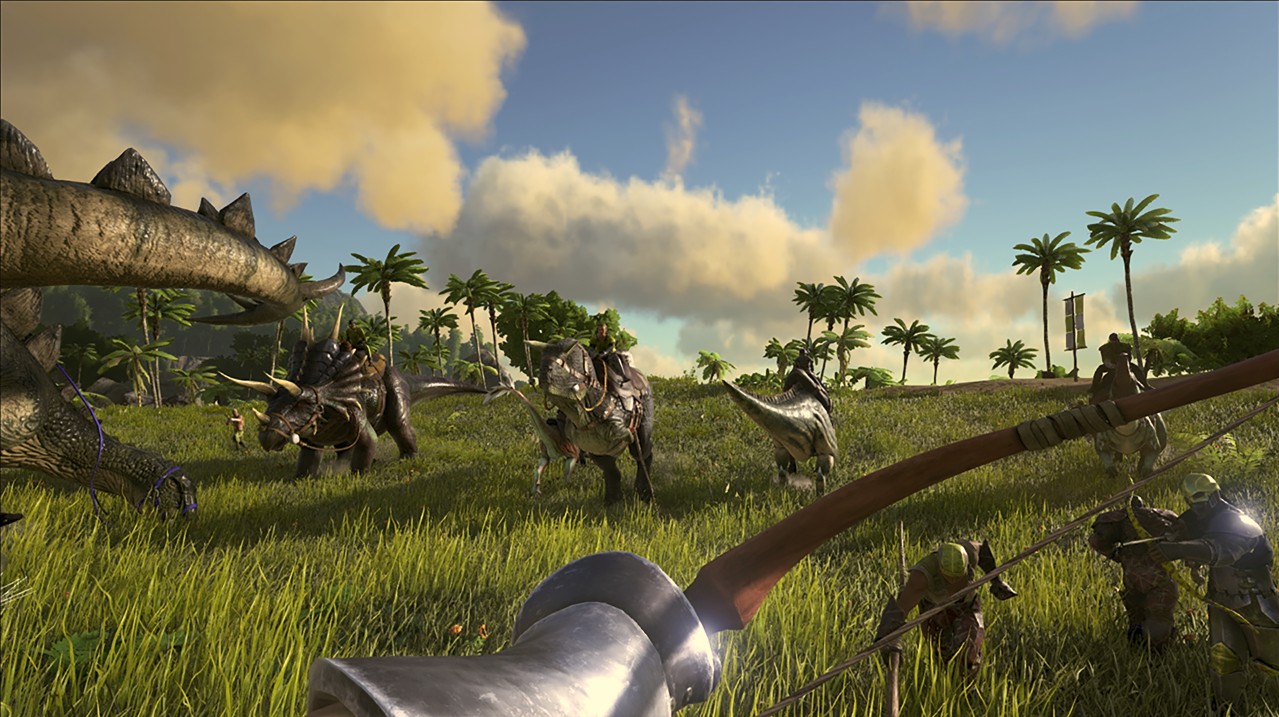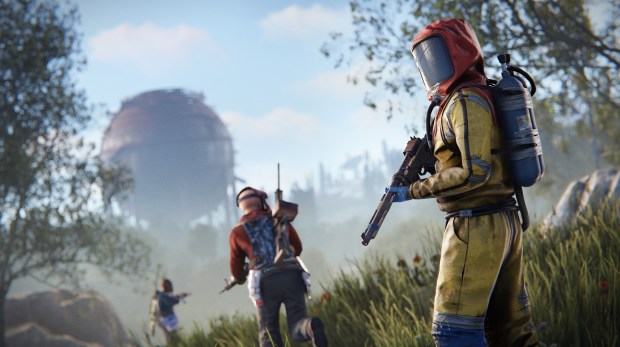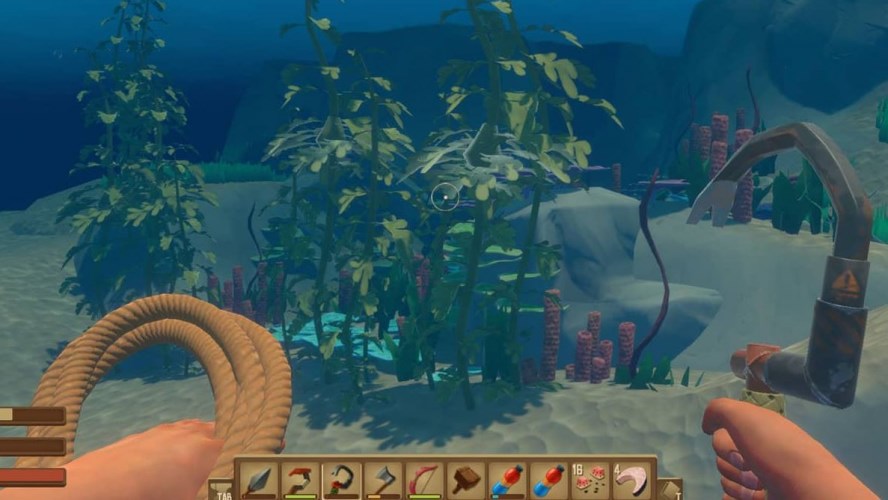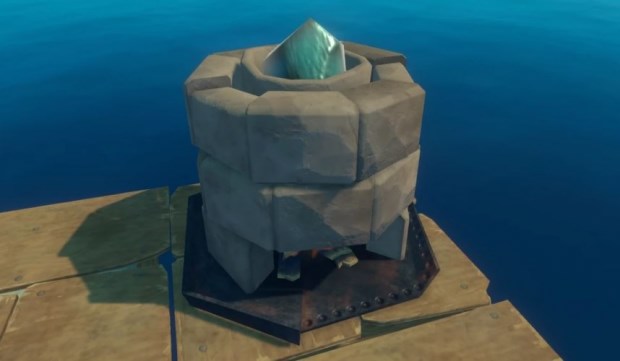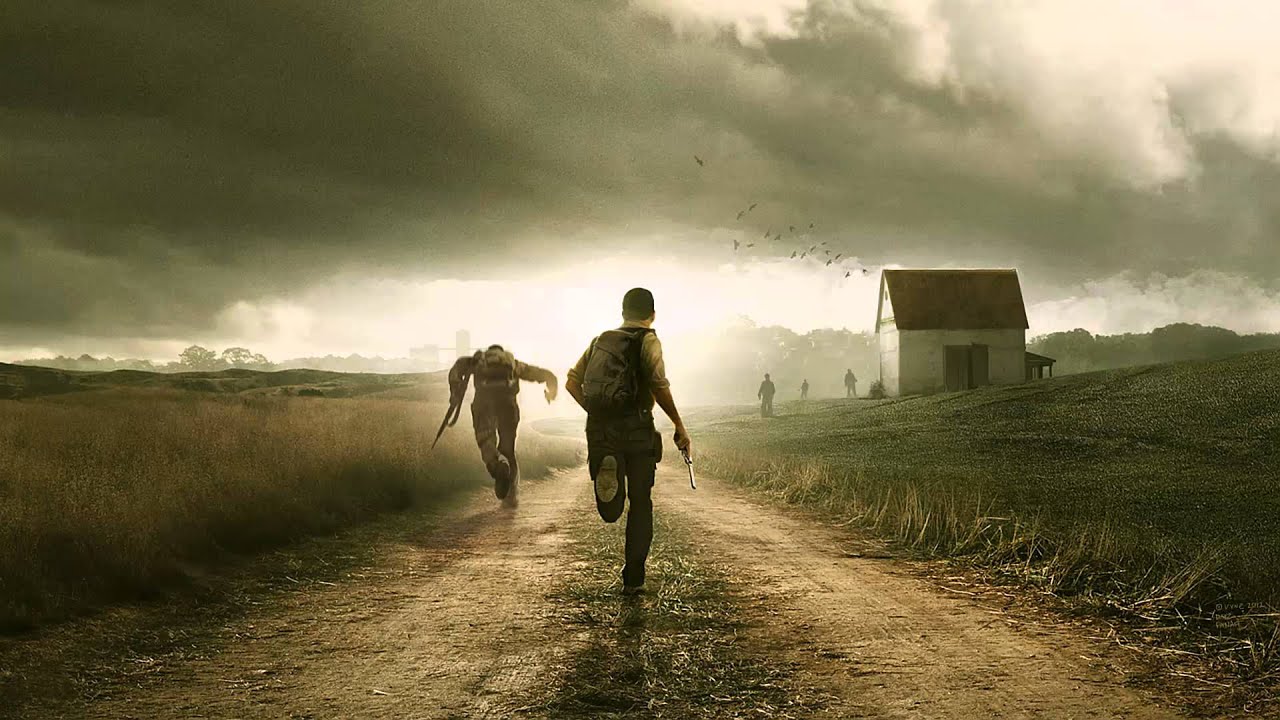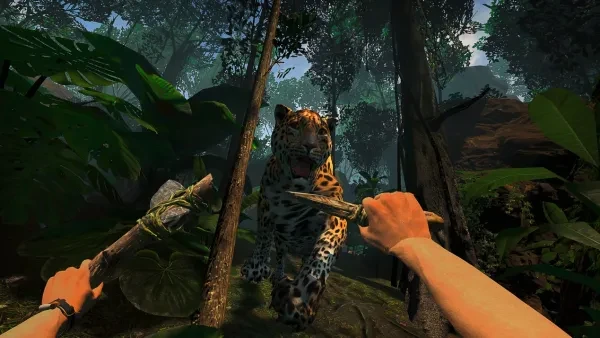
Top 5 Green Hell armors - early game to late game progression
In the dense and unforgiving jungles of Green Hell, survival isn't just about finding food and water—it's also about protecting yourself from the dangers that lurk around every corner. Whether it's the razor-sharp teeth of a jaguar or the attack of hostile tribesmen, having the right armor can mean the difference between life and death. In this guide, we'll delve into the top five types of armor available in Green Hell and explore their strengths, weaknesses, and how to craft them.
Before we proceed with the specifics of each armor, common traits will first be addressed. All armor types will save you from any damage that ants and bees cause. The player will frantically sweep the insects off themselves, but there will be no damage to the skin. This makes having armor as early as possible imperative. However, attacks from snakes, scorpions, spiders, and stingrays will not be denied by the armor, instead it will sustain damage and thus lose some of its durability.
Blocking will not use armor durability, so it is highly recommended to use during combat against hostile natives. Once equipped, the weight of the armor is not going to occupy your backpack space, nor will it noticeably slow one down, so the weight of the armor is only relevant if the preferred playstyle of the player requires them to carry an extra with them in the backpack.
During the early stages of the game, while the player still doesn’t have enough material to create four armors to cover all of their extremities, it is highly recommended to cover one's arms first, since most of the aggressive animals and tribesmen will more probably attack the upper part of the player's body.
Regarding the skill set in creating the armor, there seems to be a general crafting skill that slowly progresses, but there also is a crafting skill for specific types of crafts. The armor that you have made the most will definitely have greater durability than the armor that should be stronger by stats, but has only been created a few times.
It is worthy to also note that regardless of armor, the player's health will still sustain damage from attacks (except ants and bees). Thus, any attack will always lower the health bar, but having armor is always better than having none.. There will also be a noticeable difference between the armor types. In order to describe the stats of each armor and how they compare to each other, all player health and armor durability damage from here on out will be based on 1 spear hit by the spearman.
The durability of items in this game is shown in percentages, and that is how it will be described in this article too. The article will focus on the extent of damage to durability as a percentage of the item's full durability (100%), rather than as a percentage relative to the armor currently equipped by the player. That means that if current players armor has 52% of durability, and sustains 50% damage to it, it will be left with 2% durability, not 26%.
Same rule will apply to the described percentages of the health bar.
Stick armor

Sticks armor takes a defensive approach, offering protection against arrows or spears. Crafted from three sturdy sticks and two vines that are wrapped around with bamboo leaves, this armor forms a makeshift shield that can deflect incoming projectiles, giving you valuable time to react in combat situations. While not as durable as other types of armor, sticks armor excels in providing quick and mobile protection. Since it is imperative to build armor as soon as possible, stick armor should be one of the first things a player creates as soon as they start the game.
Once hit by the spearman, the durability of this armor will go down by 50%. That means if your armor is not over the 50% mark, it will be destroyed after one hit. The damage to the player's health points during that hit will be 17% of the full bar, so caution is advised. Sticks armor weighs 2.7 kg and takes up an average amount of inventory space; one can fit 5 armor pieces in one chest. This rule of 5 armors per chest will be a common trait for all types except for one, which we will discuss later in this article.

Bamboo armor
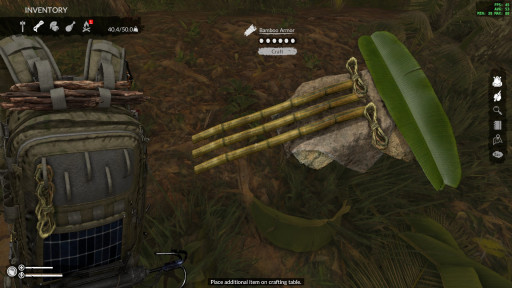
Crafted from three bamboo sticks, two vines, and a bamboo leaf, this armor offers solid defense against both melee and projectile attacks, making it a popular choice among survivalists. Its advantage compared to the stick armor is demonstrated in the durability damage after a hit.
The durability will decrease by 45%, compared to the stick armor's decrease of 50%. Additionally, the damage to the player's health points will be 15% instead of the 17% of its stick counterpart. Regarding inventory space, this armor stacks similarly to others, as it takes 5 armor pieces to fill up one chest. The weight of bamboo armor stands at 2.4 kg, making it slightly lighter than its stick counterpart.

Bone armor

For those willing to get their hands dirty, bone armor offers a significant upgrade in protection. Crafted from the bones of animals found in the jungle, such as jaguars, turtles, or the aggressive tribesmen, this armor is tougher and more durable than the previous ones on this list. It provides better defense against both sharp and blunt attacks, making it a solid choice for explorers facing a variety of threats.
After being hit by a spearman, this armor will sustain 30% damage to its durability, and it will allow 9.5% of health points damage. If you want to carry an extra set of this armor around, it will weigh your backpack down by 2.9kg, making it one of the heavier options, and it will take up a normal amount of inventory space. All in all, bone armor is a very cost-effective, easily accessible, and highly durable option, perfect for the mid-game phase. It's also the preferred armor of many players throughout the entire game.

Armadillo armor

For those seeking the utmost in protection at a relatively affordable price, armadillo armor is the way to go. Crafted from the tough shell of the armadillo, along with two vines and a bamboo leaf, this armor provides unparalleled defense against even the deadliest of predators. While gathering armadillo shells for this armor requires more effort and resources than other types, the peace of mind it offers is invaluable when facing off against the jungle's most fearsome inhabitants.
After sustaining a hit from a spearman, it will endure 30% durability damage, similar to its bones counterpart, but it will only allow 5.3% of health points damage. This armor weighs an astounding 3.2kg, making it the heaviest in the game, and it also takes up a lot more storage space, as only 3 of them will fill an empty chest. If the player finds themselves in an area where armadillos are plentiful, it is highly advised to stock up on armadillo shells so that this armor can be crafted repeatedly. It's recommended to create the armor once the need arises, as this approach helps save inventory space while also ensuring a fresh supply of new armor is readily available.

Metal armor
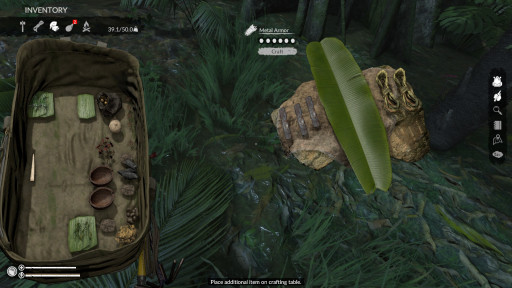
Last but not least, we have metal armor, the pinnacle of protection in Green Hell. Crafted from three metal armor casts, two ropes, and a bamboo leaf, this armor offers the highest level of defense against all types of attacks. This is the most advanced armor, and while it is the most labor-intensive to create, metal armor is the go-to choice for survivalists preparing to take on the most dangerous challenges the jungle has to offer.
Metal armor weighs 2 kg when placed in the backpack, and it will take up the normal amount of inventory space, with 5 of them filling up an empty chest. Once hit by a spearman, it will sustain 18% durability damage and will only allow 2.6 health points of damage. The only downside of metal armor is its costly, time-consuming construction.
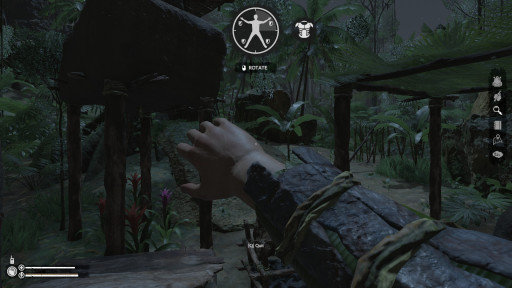
In conclusion, choosing the right armor is essential for surviving the harsh wilderness of Green Hell. Whether you prefer the cost efficiency of stick armor or the impenetrable defense of metal armor, there's something for every survivalist's needs. Experiment with different combinations and find the armor that best suits your playstyle, and remember—no matter how tough your armor may be, staying alert and prepared is the key to survival in Green Hell.




